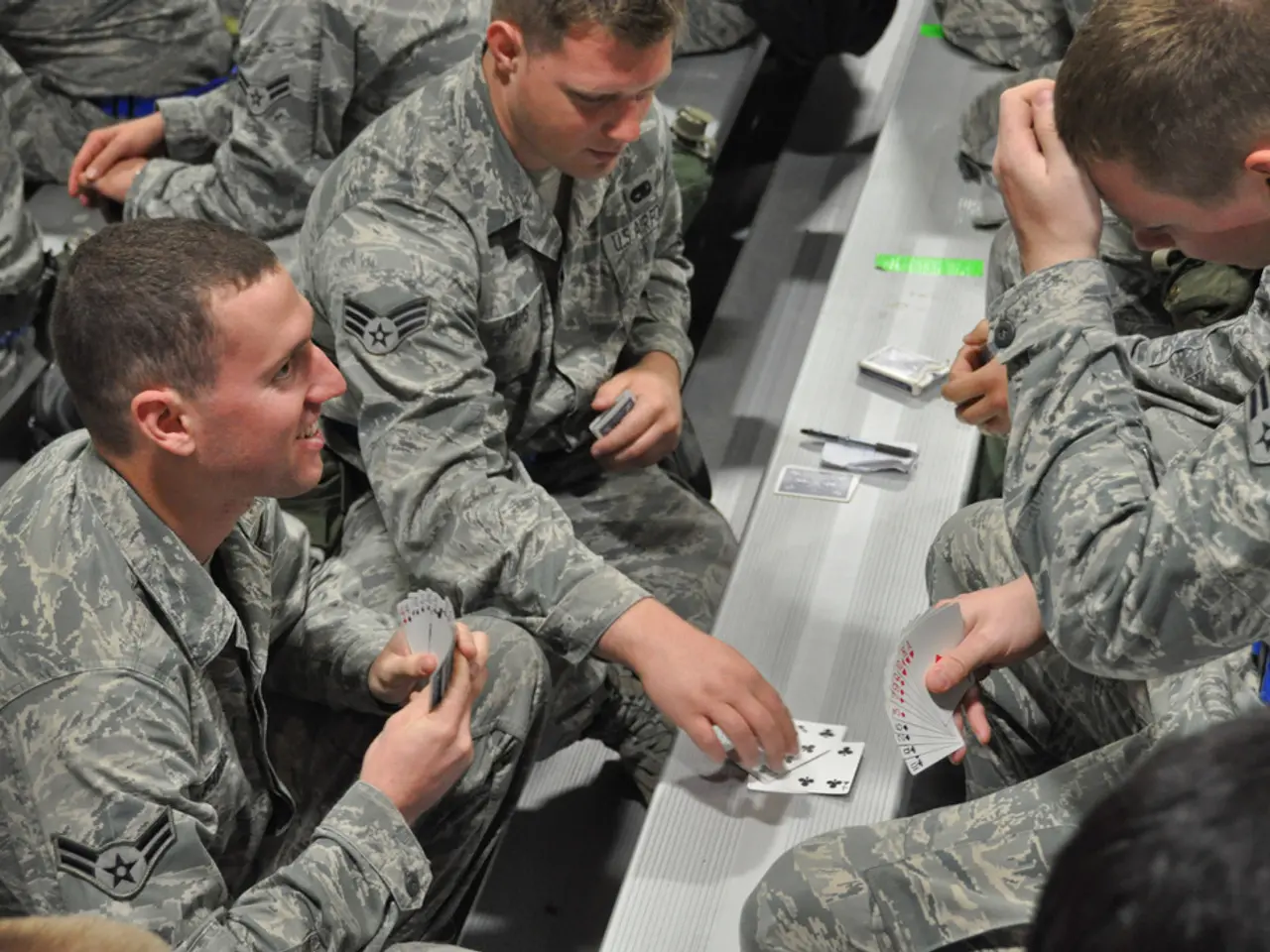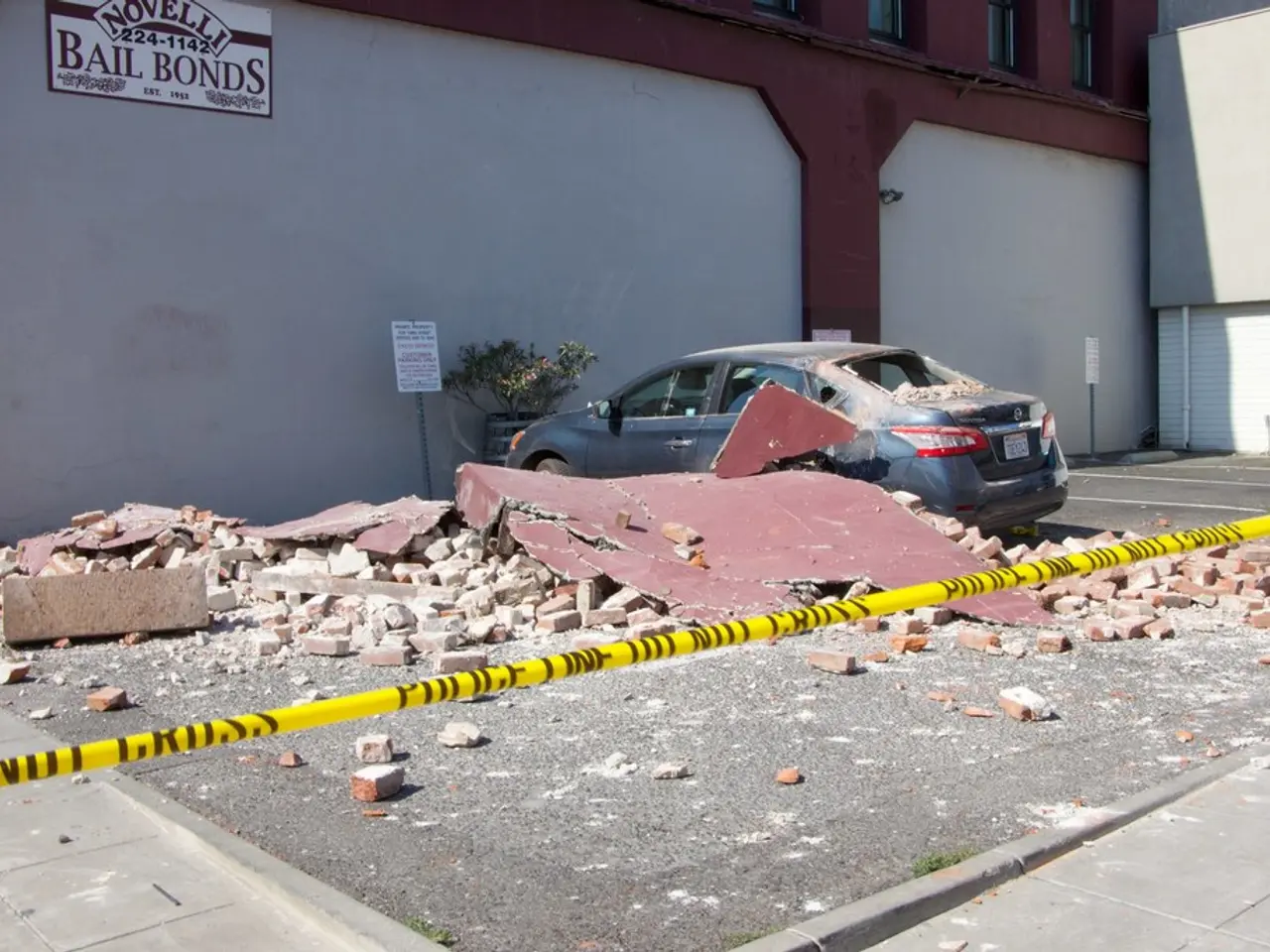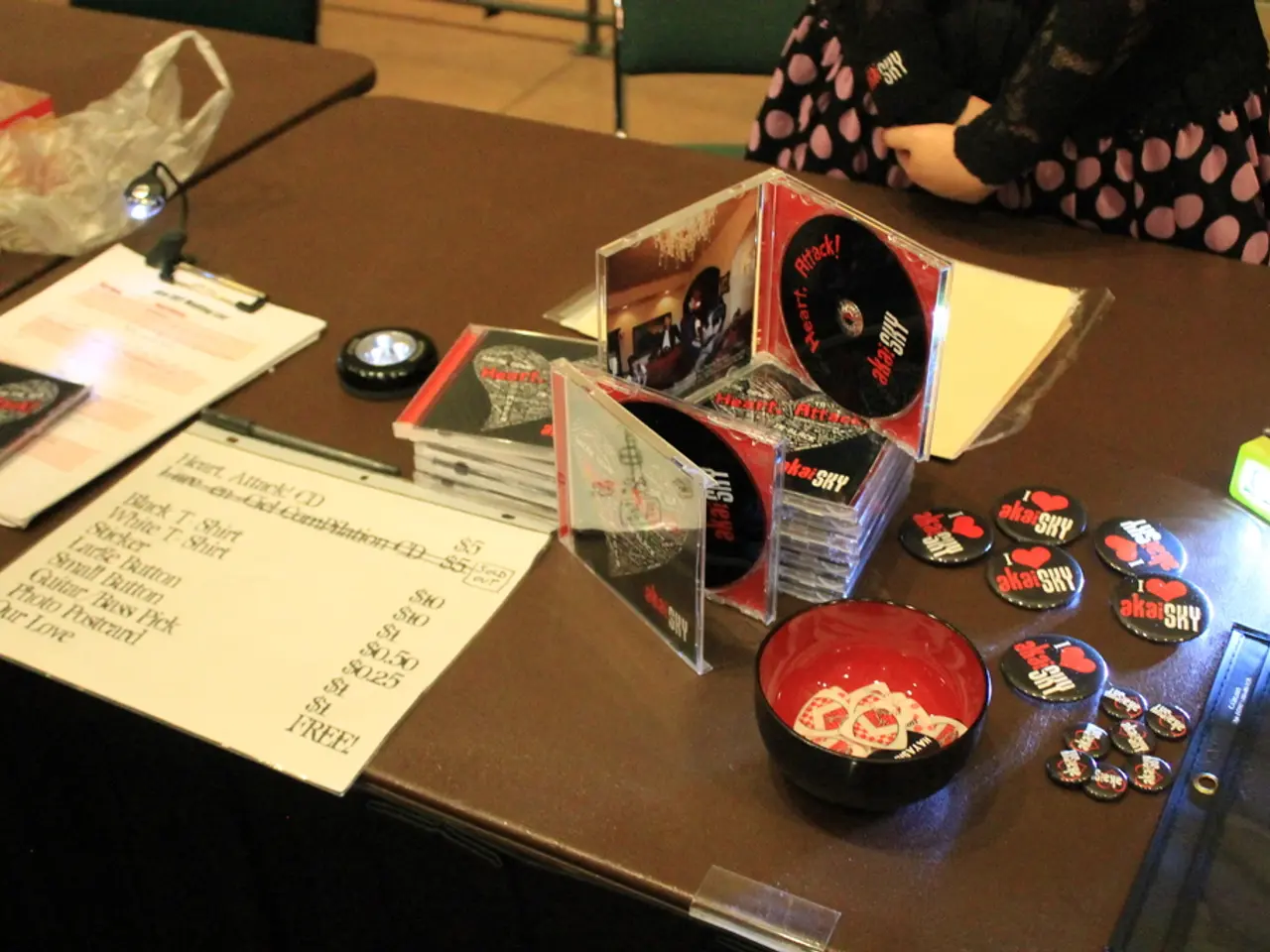Poker Location Matters: How Your Seat Choice Impacts Your Game Success or Failure!
### Title: Mastering Poker Position: A Key to Strategic Success
Poker position, the location of a player at the table in relation to the dealer button, plays a crucial role in shaping a player's decision-making power during betting rounds. The order in which players act, moving clockwise after each hand, offers varying levels of information and advantage.
### The Importance of Position in Poker
#### Early Position (EP)
Acting first provides the least information about opponents' actions before making a move. As a result, players in early position should play very tight, raising only with premium hands like Aces, Kings, Queens, and Ace-King, and folding the rest to avoid costly mistakes [1][2][3][4].
#### Middle Position (MP)
In middle position, players sit between early and late positions, often called hijack, lojack, or MP1. Here, players can widen their hand range, but must stay cautious due to the presence of players behind who might have stronger hands [1][2][3][4]. A mix of patience and strategic aggression is required in middle position.
#### Late Position (LP)
Acting last in late position offers the most advantage. Players in late position have watched almost everyone make their moves, providing a large amount of information for decision-making. In late position, a player can control the pot size strategically, bluff more confidently due to knowledge of who's weak and who's strong, and steal blinds from players in early positions [1][2][3][4]. Late position includes the dealer button itself, the cutoff (right before the dealer), and sometimes the hijack, depending on the number of players.
### How Strategy Should Adjust per Position
The strategy for each position varies significantly. In early position, focus on playing very tight and strong hands only. In middle position, a player can expand their hand range cautiously, watching their opponents' tendencies, and being ready to fold if players behind show aggression. In late position, leverage the information advantage for bluffing and pot control, playing the widest range of hands, including weaker hands [1][2][3].
### Summary
Understanding and leveraging poker position is essential for success. The later you act, the more information you have, giving you a significant edge. Adjusting your hand selection and betting style based on your position allows you to maximise your chances of winning hands and managing risk effectively [1][2][3].
By consistently adjusting your strategy based on your position at the table, you can make well-timed, informed decisions, and increase your chances of winning hands in poker games.
In the context of casino-and-gambling games, particularly poker, a player in early position (EP) should play very tight, raising only with strong premium hands like Aces, Kings, Queens, and Ace-King, while those in late position (LP) can leverage their information advantage for bluffing and pot control, playing a wider range of hands, including weaker hands, such as in the dealer, cutoff, or hijack positions. Mastering poker position is crucial for success, as the later you act, the more information you have, giving you a significant edge in casino-games like poker.




